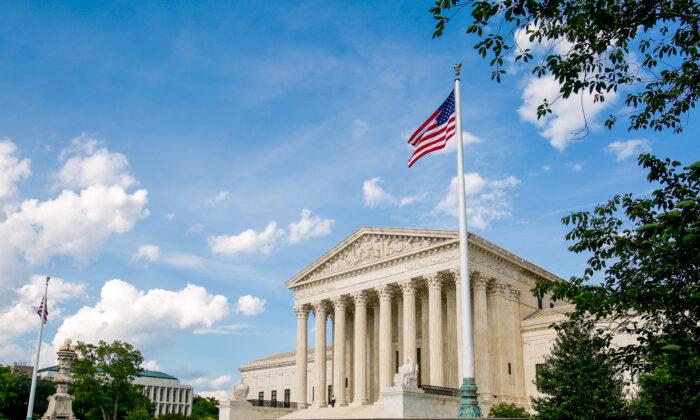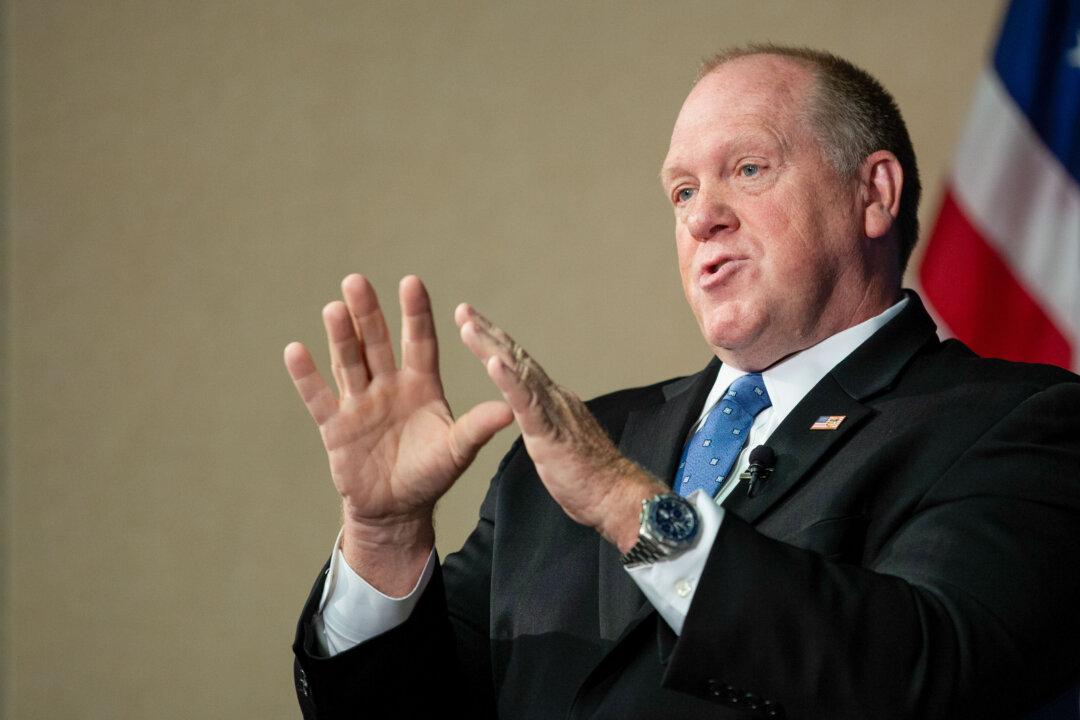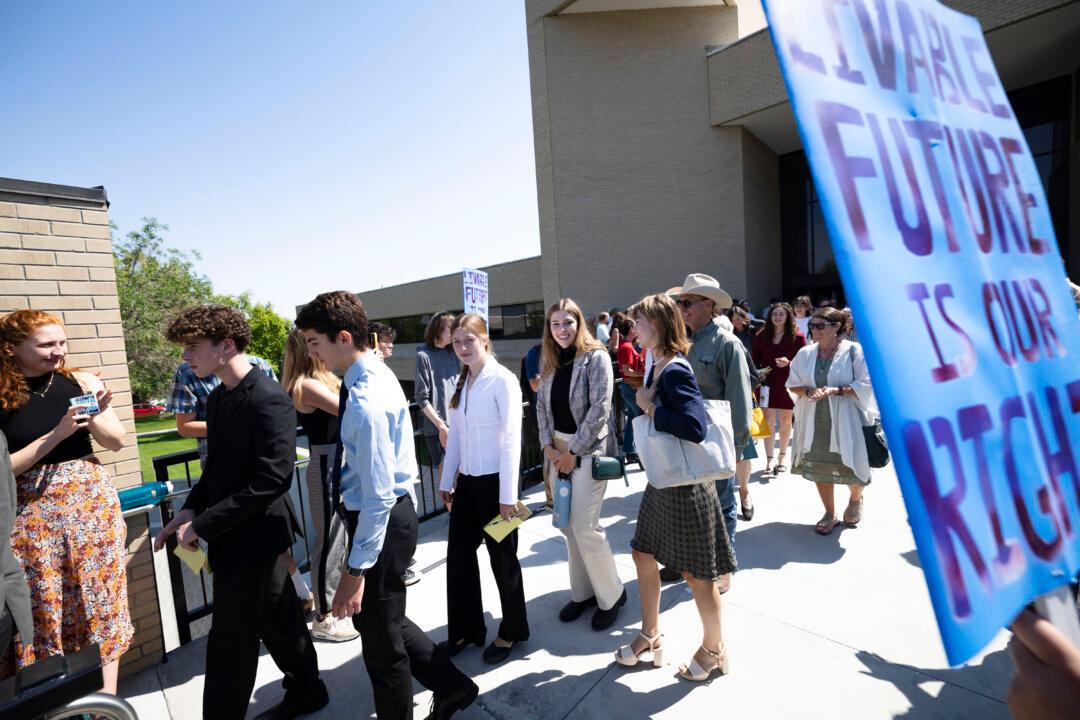A newly introduced bipartisan proposal would put cameras in the Supreme Court and require all open proceedings of the nation’s top court to be televised.
The Cameras in the Courtroom Act would take sessions where members of the public are already allowed to observe in person and require their broadcast, enabling people offsite to watch what’s unfolding.
In many cases, people can’t attend in person because there’s a very limited number of unreserved seats in the courtroom, according to the bill’s co-sponsors, Sen. Dick Durbin (D-Ill.), the Senate Judiciary Committee chairman, and Sen. Chuck Grassley (R-Iowa), the ranking member of said committee.
“It’s time to put cameras in the Supreme Court so Americans can finally see deliberations and rulings on cases which will affect them for generations to come. This bipartisan bill shines a light into the Judicial Branch of government so more than just a few hundred lucky Americans can watch proceedings in the Court’s historic halls,” Durbin said in a statement.
“Decisions made by the Supreme Court can resonate with our nation for generations, yet most Americans will never have a chance to see the highest court in action. Opening up the Supreme Court’s public proceedings to cameras and other broadcast tools provides a window into the court for all Americans, not just those in Washington, D.C. I’m proud to support this legislation especially as we celebrate Sunshine Week,” Grassley added.
The court didn’t immediately return a request for comment.
The court has not said whether it will continue audio streaming when it’s able to conduct in-person proceedings again, the lawmakers said.
Sens. Richard Blumenthal (D-Conn.) and Amy Klobuchar (D-Minn.) also cosponsored the bill.
Other members of Congress have proposed placing cameras in the Supreme Court in the past.
Then-Sen. Arlen Specter (D-Pa.) introduced one such bill in 2009.
Asked about the possibility during her confirmation hearing, Justice Sonia Sotomayor, an Obama nominee, told senators that she’s “had positive experiences with cameras.”
“When I have been asked to join experiments of using cameras in the courtroom, I have participated. I have volunteered,” she added.
Others have expressed otherwise.
Justice Clarence Thomas, a George H. W. Bush nominee, told lawmakers during a 2006 hearing that letting cameras in could undermine how the court considers cases. The “general consensus,” he said, was “not one of glee.”





